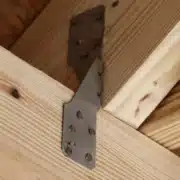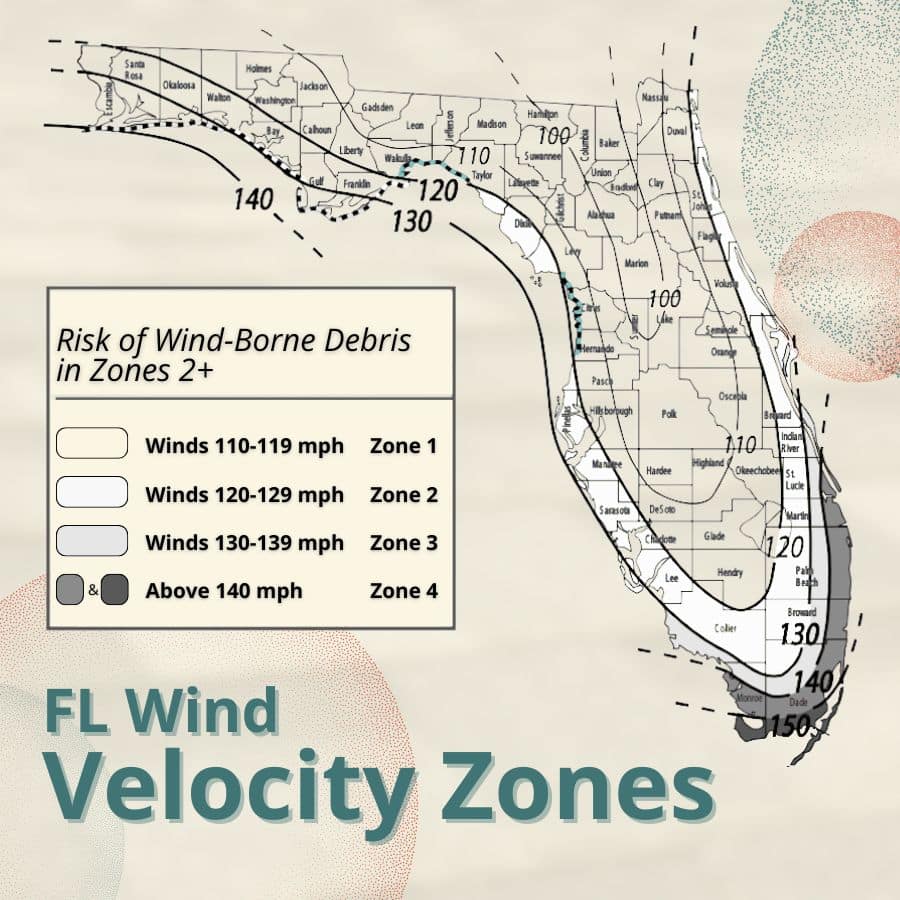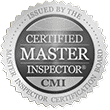Don’t Do These Things When Installing Hurricane Clips
In Florida, storm season officially starts June 1. If you’re a homeowner in Jacksonville, St. Augustine, Orange Park, or anywhere nearby, making sure your home is wind-resistant isn’t optional. One of the most important features for roof safety? Hurricane clips.
Hurricane clips are small metal connectors that help keep your roof attached to the walls during high winds. Without them, your roof is more likely to lift off during a storm, which can lead to major damage. But not all installations are equal.
In this post, we’ll walk through the most common mistakes people make with hurricane clips, how those mistakes affect your safety and insurance, and what to do instead.
Why Hurricane Clips Matter More Than You Think
It only takes one big storm to cause serious roof damage.
According to FEMA, more than 60% of hurricane-related home losses start with the roof. Once the roof goes, everything inside is exposed.
Hurricane clips are designed to keep the roof securely fastened to the structure of your home, reducing the risk of uplift during high winds. Florida building codes require them for a reason, they save homes and lives.
But if they’re installed wrong, they won’t do their job. Worse, you might not qualify for insurance discounts or pass a wind mitigation inspection.
Common Mistakes to Avoid When Installing Hurricane Clips
Installing clips may seem simple, but there’s a lot that can go wrong. These are the most common issues we see during inspections:
1. Using the Wrong Clips or Nails
Not all clips are built to handle hurricane-force winds. If you use clips that aren’t Florida code-compliant or use nails that are too short, they may fail when it matters most.
Codes usually require at least three nails per clip with a specific length and thickness.
2. Skipping Structural Contact
Clips must directly connect the roof truss to the top plate of the wall. If they’re floating or not fastened correctly on both sides, they won’t provide real support.
3. Missing Clips or Uneven Placement
Even spacing and full coverage are essential. Skipping trusses or placing clips too far apart weakens the system.
4. Skipping Permits or Professional Inspections
If clips are added without proper documentation or inspection, you may not get credit for them during a wind mitigation report. And that can cost you hundreds in missed insurance discounts.
5. Ignoring Coastal Conditions
In Jacksonville and surrounding areas, metal components need to resist corrosion. Galvanized or stainless steel clips are required. Using the wrong materials can lead to rust and failure over time.
How These Mistakes Can Cost You
Bad clip installation doesn’t just put your home at risk during a storm, it can also hit your wallet.
- Failed wind mitigation inspections: Without proper clips (or proof they’re installed right), you miss out on valuable home insurance savings. Florida homeowners with verified wind mitigation features can save up to 35% on premiums.
- Redoing the work: If clips are installed incorrectly and hidden by insulation or finished ceilings, you may need to open up walls or roof areas. Fixes can cost anywhere from $500 to $1,500 or more, depending on how accessible the area is.
- Safety risk: Most importantly, if the clips fail during a hurricane, your roof could lift off completely. That’s not a risk worth taking.
What Florida Building Code Actually Says
For homes built after March 2002, hurricane clips are required in most areas across Florida. But many older homes still don’t have them, or have clips that no longer meet code.
Here’s what the Florida Building Code generally requires:
- Clips must be rated for uplift resistance based on your wind zone. If you’re not sure, check out your wind zone according to the Department of Energy!
- Each clip must be secured with at least three nails into both the truss and the wall plate.
- Fasteners must meet corrosion resistance standards in coastal and high-humidity areas.
Even if your home already has clips, they may not meet current code or may be disqualified if installed incorrectly.
Can You Install Hurricane Clips Yourself?
Technically, yes. But in most cases, it’s not recommended unless you have construction experience. Here’s why:
- Attic work is dangerous: It’s easy to fall or damage wiring, ducts, or insulation while navigating your attic.
- You need the right tools: Proper nail guns, fasteners, and protective gear are essential.
- You might see notes during inspection: Even a small mistake could lead to a delay after wind mitigation inspections and costly do-overs.
If you’re considering DIY, speak with a licensed contractor or inspection company first to get guidance on code and safety.
Other Maintenance to Handle Before Storm Season
Adding or checking your hurricane clips is just one part of the picture. Here are other tasks homeowners in Jacksonville should complete before June:
- Have your roof inspected for missing shingles or loose flashing
- Seal around vents, skylights, and roof penetrations to prevent leaks
- Trim trees and remove debris that could hit your home during high winds
- Clear gutters and downspouts to help water flow away from your foundation
- Install or inspect storm shutters on all windows and doors
The more you prepare now, the better your chances of avoiding major storm damage.
When to Call a Professional
You should reach out to a licensed home inspector if any of these apply.
- You’re not sure if your home already has hurricane clips
- Your home was built before 2002 and hasn’t had a wind mitigation upgrade
- You’re buying or selling and need inspection documentation
- You want to qualify for insurance discounts, but aren’t sure what your roof includes
At Inside & Out Property Inspectors, we perform wind mitigation inspections across Jacksonville, St. Augustine, Orange Park, and surrounding areas.
We’ll check for hurricane clips, confirm if they’re installed correctly, and provide the documentation needed for your insurer.
Final Takeaway
Hurricane clips are small but powerful. When installed the right way, they help protect your roof and lower your insurance costs. But when they’re installed wrong, or skipped entirely, they can create big problems.
Don’t take risks with your roof or your wallet. If you’re not 100% sure your home is ready for storm season, it’s time to schedule an inspection.















